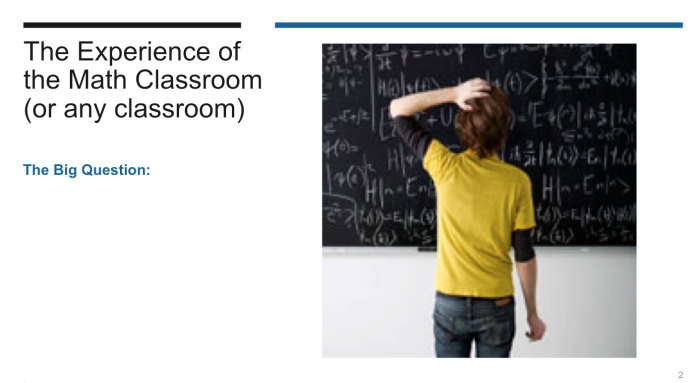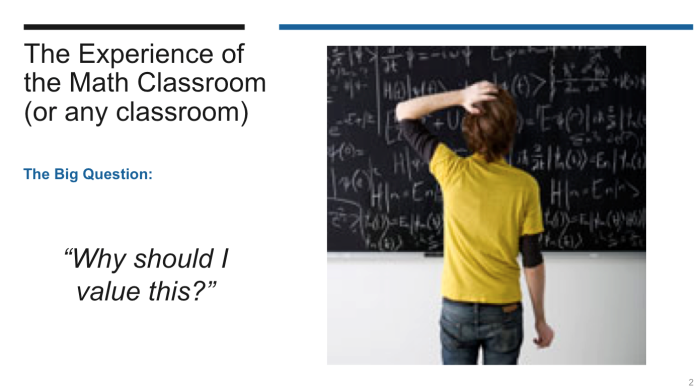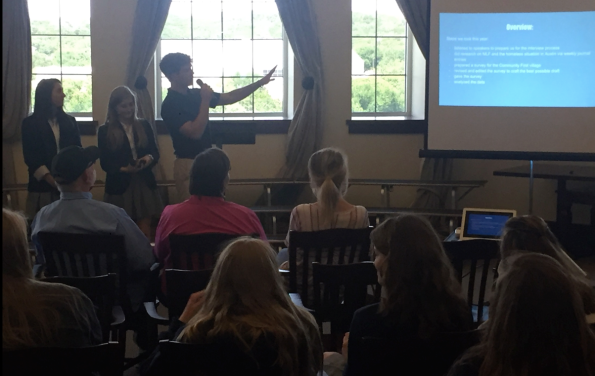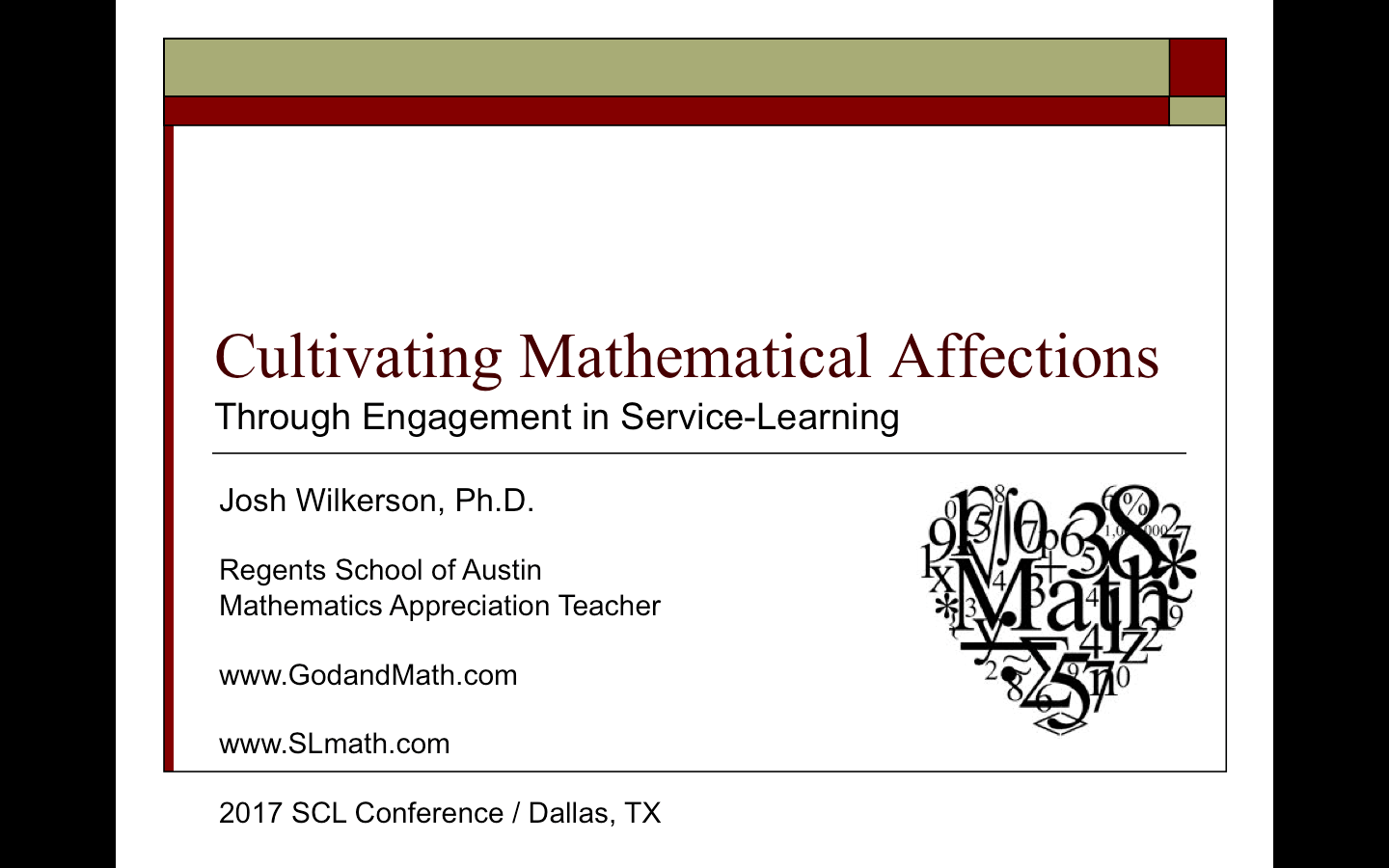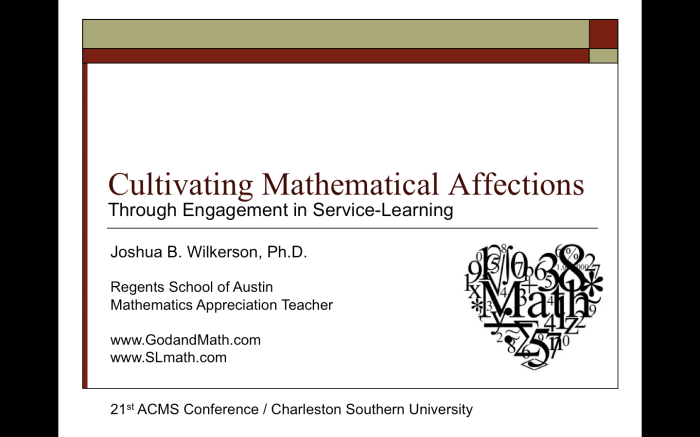(From Arches, a magazine published by Regents School of Austin)
AP Statistics student Vanessa Aguirre shares how their class harnessed the power of surveying, statistics and service to help the Mobile Fishes and Bread ministry in their efforts to combat homelessness in Austin.
On a rainy Tuesday morning, the thirty-six AP Statistics students walked through the Community First! Village of Mobile Loaves and Fishes, a local Austin non-profit focusing on the needs and betterment of the homeless community. The community village this organization founded is a beautiful, solitary sanctuary, with mini-homes right out of a housekeeping magazine and gardens dotting the landscape. Weaving through the clusters of houses and RVs, the high school students knocked on doors and waited with baited breaths, holding copies of a survey they helped design for the residents of the village.
“I was pretty nervous,” senior Lydia Strickland said.
Over the course of the morning, the students went from door to door, talking to the residents and sharing their stories, working to fill the survey as their school project that would help Mobile Loaves and Fishes (also known as MLF) in its aim to fight homelessness. The math students worked in tandem with MLF to, ultimately, answer the question: Does a lack of community cause homelessness? The high school students used ideas and concepts learned throughout the year to edit, carry out, and analyze a survey given to the residents living in the community village the non-profit has made.

This question is largely based on Bruce K. Alexander’s “Rat Park” study, where Alexander and other scientists set up a study administering drugs to rats not in isolated cages, but in communities with a positive environment, and found that the drug intake of rats went down dramatically. This shows that environment and community play a significant role in drug use—and leads others to wonder if more than just drug use can be improved. The AP statistics and MLF worked together to explore this train of thought, and to reaffirm MLF’s community-based program.
Homelessness is, after all, a very real problem. According to the National Alliance to End Homelessness, there were 564,708 homeless people in the United States in January of 2015, 15% of which were considered chronically homeless. More pragmatically, each homeless person costs taxpayers around $14,480 a year. When you do the math, that amounts to homelessness costing more than eight billion annually.
Not only does homelessness affect those directly involved, but it impacts society as well. Efforts to curb homelessness will have a positive impact on everyone. As a large and established homeless outreach ministry based in Austin, Mobile Loaves and Fishes attempts to do just that—curb, and ideally eventually end, homelessness and the factors behind it. In partnering with the AP Statistics students of Regents School of Austin, MLF hoped to gain more data on the effectiveness of their Community First! Village and the philosophy that poor environment and lack of community are the root problems of homelessness.
“We believe what we’re seeing anecdotally on the property is being verified through the statistical analysis, so we love this [the AP Statistics project,]” Alan Graham, Mobile Loaves and Fishes co-founder and director, said. “It confirms our model at Community First, that the only model that’s going to move the needle in a significant way is a kingdom-based model that’s all about community. So we need that data.”
Not only has the AP Stats project helped as a service, but it’s also helped as learning tool for the students, giving them a deeper appreciation of the concepts they learned in class.
“I liked the real-world application,” junior Emily Raeder said. “That was great.”

This service-learning model is meant to lead students into developing higher-order critical thinking, in a real-world environment, where service to the community (such as alleviating homelessness) is presented as crucial to the course objectives and larger applications of education. Dr. Wilkerson, the Regents AP Statistics and Calculus teacher, sees service-learning as a valuable tool in math education.
“I think it helps because you get to use statistics in a real-life situation that’s meaningful in an immediate context,” he said. “Students realize that what you learn in math class aren’t things you would just have to do down the road, in the distant foggy future. Students learn the connection between helping people and using statistics, and they learn it on a deeper level.”
The project showed that math and making a difference in the world can go hand in hand. In order to help Mobile Loaves and Fishes and its residents, the AP Statistics students at Regents had to learn exploratory data analysis, data collection, probability, and statistical inference. On top of all this, students also got to practice their speaking skills. Students presented the results to representatives from MLF, the culmination of the class’s hard work.
The high schoolers also got a better appreciation of how even the little things can affect the world around them.
“I talked to this one man who talked about what a difference people who give out bags with goodies at stoplights made, that it made his day,” one junior said. “He said those things made a big difference. But we don’t put much thought into it.”
These math students may just be proof that math really can accomplish anything.




